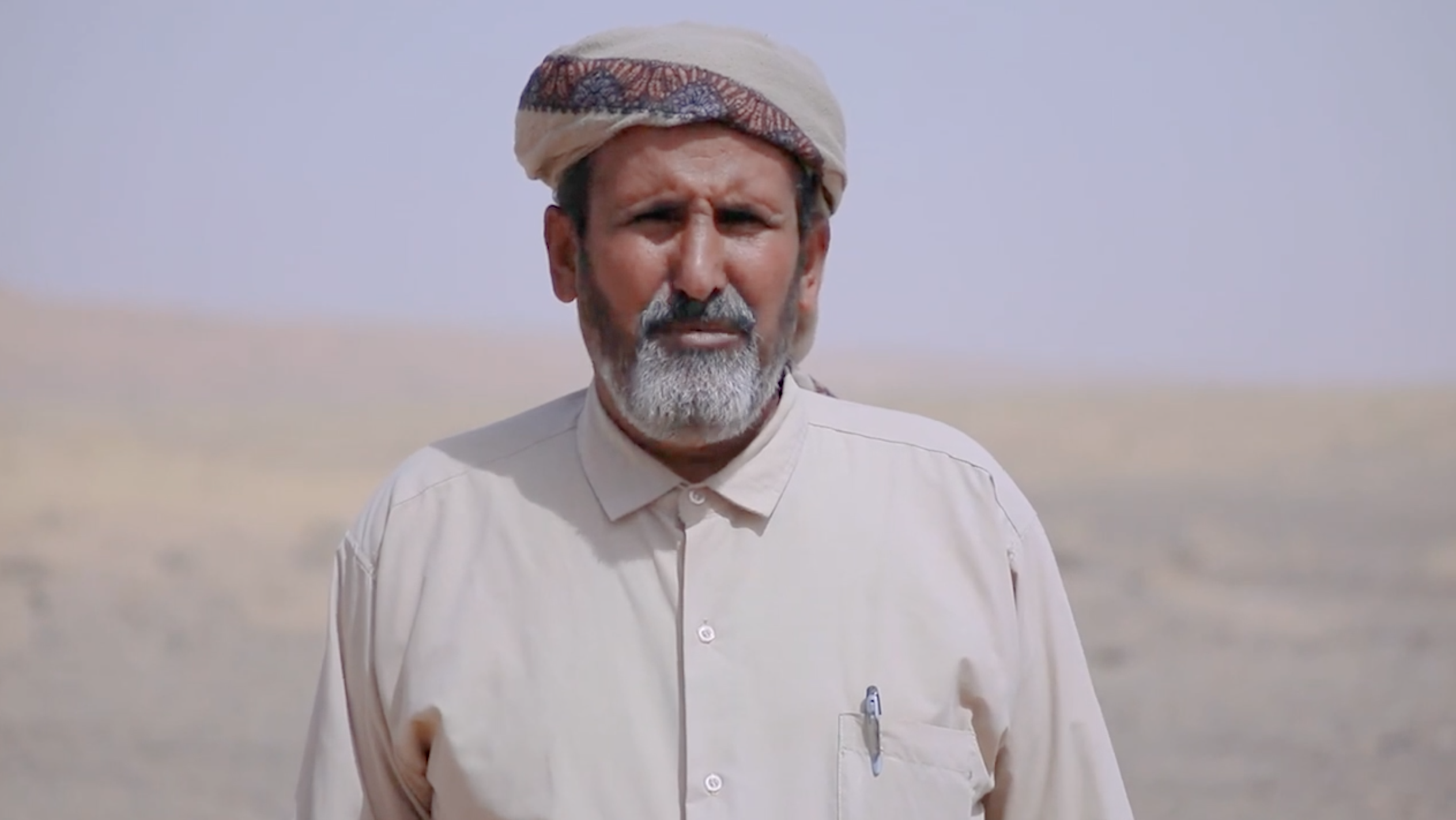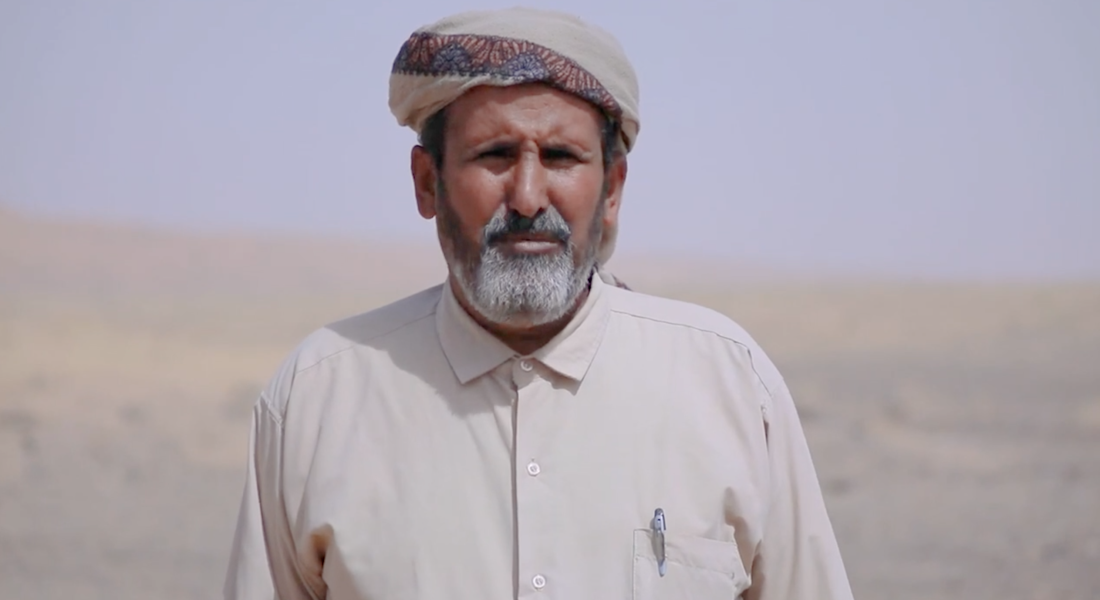
This week, we met with Ahmed Kurda, the Secretary General of the Local Council in Usailan Directorate in Shabwah Governorate – one of the most landmine contaminated area of Yemen after Masam teams cleared thousands of landmines in just seven days.
The country’s central energy-rich Shabwah Governorate has been a central frontline in the conflict between Houthi militias and pro-government forces and have been littered with anti-personnel and anti-tank landmines and other remnants of war. The National Mine Action Program and Masam teams, who have been working to clear hundreds of suspected minefields in Usailan, have warned of new, more widespread methods used to plant anti-personnel and anti-tank mines in the region. The landmine contamination is so severe in the area that hundreds of families have been displaced, schools unusable and vital roads and access routes have been closed.
So, what has been the impact of Masam’s mine clearance operations so far in the region?
“Masam works in Usailan Directorate with great efforts from the engineering teams and they opened the main roads for the Directorate’s civilians after landmines were planted by the militias. They also opened school roads and all schools returned, in excellent condition,” Kurda said in an interview. “Some residents have returned to their homes after Masam cleared the roads for them, we hope that the engineering teams will always be active.”
While Kurda acknowledged this progress and thanked the Teams’ work, he said the Local Council is hoping these operations can continue, and extend to other areas.
“We call on Masam to increase the capacity of the engineering teams within this directorate and now there is a plan that we will share with Masam teams to clear the agricultural areas in this directorate.”
Masam currently has six demining teams – Teams 4, 5, 7, 9, 14 and 16 – operating in Usailan.
In the past week (5-11 February 2022 ) alone, Team 5 located and cleared 503 anti-tank mines, Team 6 located 70 anti-tank mines, Team 9 located 15 anti-personnel mines and seven anti-tank mines, Team 14 located 318 anti-tank mines and Team 16 located 275 anti-tank mines and 61 improvised explosive devices (IEDs).

